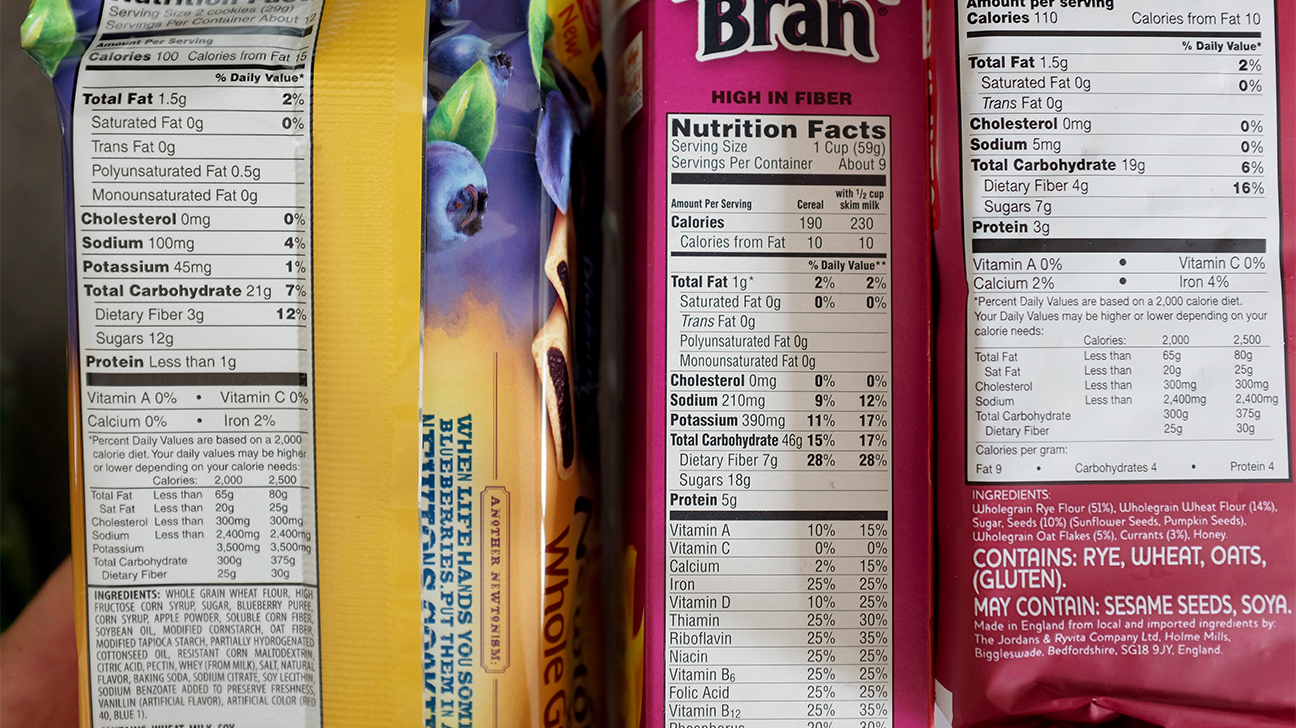-
Department of Applied Nutrition, Wayamba University of Sri Lanka
Get In Touch
Email: foodlit@mkd.wyb.ac.lk
Phone: +(94) 312 298 120
FoodLit – TEACHING AND LEARNING OF FOOD AND NUTRITION

Navigating the aisles of a grocery store can feel like walking through a maze, especially when every package proclaims health benefits. Food labels, while informative, can sometimes add to the confusion. Learning to decipher these labels is crucial for making healthier food choices. Let’s demystify the information found on food packaging and explore how to use it to your advantage.
The Nutrition Facts panel is a treasure trove of information about what’s inside the food you’re considering. Here are some key components to focus on:
Ingredients are listed in descending order by weight. This means the first few ingredients are the ones the product contains the most of. Whole foods listed at the beginning are generally a good sign, whereas long lists of unrecognizable ingredients may indicate a highly processed product.
Be wary of health claims on food packaging. Phrases like “low fat” or “high in fiber” can be misleading if not considered in the context of the overall nutritional profile. For instance, a product might be low in fat but high in sugar. Learning to look beyond these claims to the actual nutritional content is key.
Understanding food labels can empower you to make informed dietary choices, contributing to better health. By focusing on the quality of the ingredients and the nutritional value of the foods you eat, you can navigate the grocery store with confidence, knowing you’re choosing the best options for you and your family.